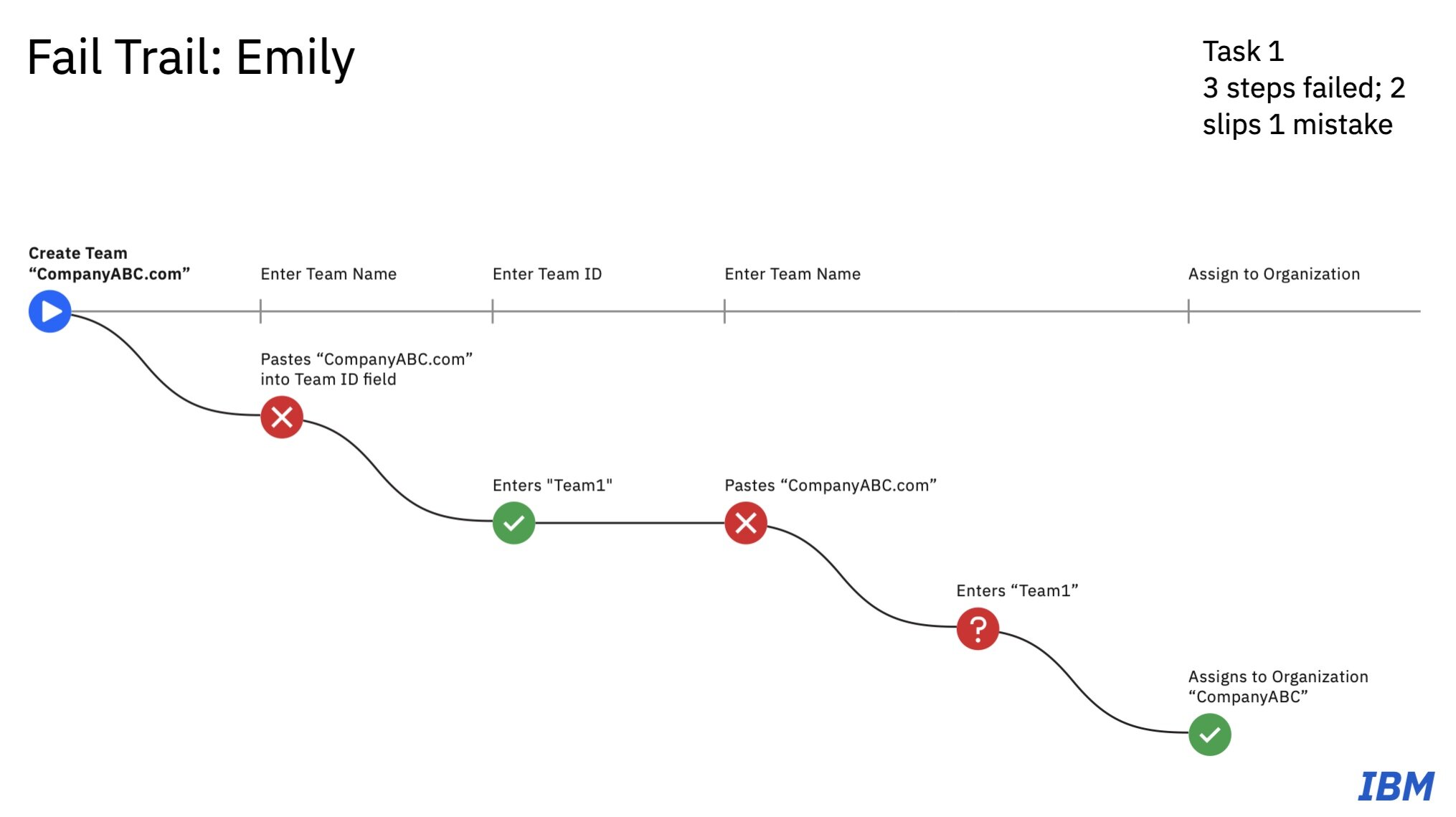
Operationalizing Design Research
Redesign, Integrative Research and Development,

HOW CAN DESIGN RESEARCH BE IMPROVED?
When I began working for my team, our design research strategy was in desperate need of being improved in order to operationalize a culture of evidence based design to accelerate time to market. How can we improve?
THE PROBLEM
I was personally given the task of creating a new design research system. When looking at our research protocol, there was always a sense of chaos and disorganization. The findings were hard to communicate with those outside of design, and our disjointed research methods slowed us down.
THE SOLUTION
After a complete redesign of our research process, the outcome was a design research process that centers around our users pain, is inclusive of designers and developers alike, and decreases research time per user tested by over 80%.
STEPS TAKEN

We broke down our plan of action into the following three steps beginning with the data. Our goal was to create a standardized repeatable process that evangelized design without alienating others, such as Developers and Project Managers.
We began by focusing on the user’s pain by creating a method in which the user is taken through a specific set of detailed steps. We were inspired by Normans’ Design of Everyday Things and Rasmussen’s Information Processing and Human-Machine Interaction to create a process in which we could create a visual language to depict our users’ pain. What we came up with was what we called a Fail Trail off of the following key.
REDESIGN: EXPRESSING USER PAIN UNIVERSALLY

This is Emily, our Customer Support Lead persona. Emily has been asked to complete a task using our prototype. The UI is being tested to see if Emily is able to complete a very specific set of steps. We documented our observations of our user actions and assigned categories based on the type of error.
FAIL TRAIL

The Fail Trail correlates to the key, the symbols break down the evaluation of the steps the user took and can be referenced to the key. Here you can see the steps the users should have taken, and the steps the user took. Fail Trails are now vital to our design research as it is a universal way for us to communicate our users pain, irrelevant if the audience is a designer or not.
THEMES

After documentation and fail trail analysis has taken place, we came up with a process of pulling out themes to anchor the research and clarify the major areas that need action.
THE NEW DESIGN PROCESS
